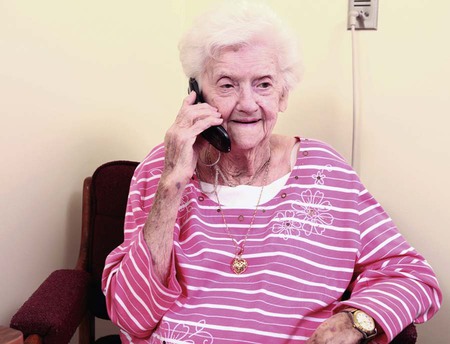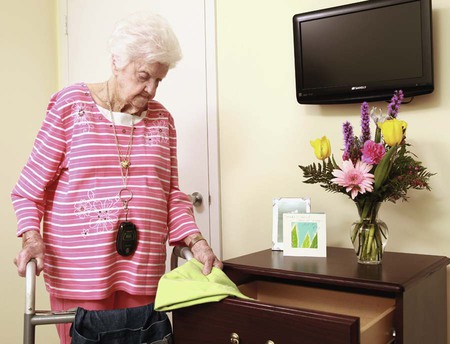• Define the key terms and key abbreviation listed in this chapter. • Explain the purpose of The Patient Care Partnership: Understanding Expectations, Rights, and Responsibilities. • Describe the purposes and requirements of the Omnibus Budget Reconciliation Act of 1987 (OBRA). • Identify the person’s rights under OBRA. • Explain how to protect the person’s rights. • Explain how to promote PRIDE in the person, the family, and yourself. In April 2003 the American Hospital Association adopted The Patient Care Partnership: Understanding Expectations, Rights, and Responsibilities (Appendix A). The document explains the person’s rights and expectations during hospital stays. The relationship between the doctor, health team, and patient is stressed. The Omnibus Budget Reconciliation Act of 1987 (OBRA) is a federal law. It applies to all 50 states. Nursing centers must provide care in a manner and in a setting that maintains or improves each person’s quality of life, health, and safety. Nursing assistant training and competency evaluation are part of OBRA (Chapter 3). Resident rights are a major part of OBRA. See Focus on Surveys: Residents’ Rights, p. 10. The person has the right to refuse treatment. Treatment means the care provided to maintain or restore health, improve function, or relieve symptoms. A person who does not give consent (Chapter 3) or refuses treatment cannot be treated against his or her wishes. The center must find out what the person is refusing and why. The center must: • Find out the reason for the refusal. • Explain the problems that can result from the refusal. • Offer other treatment options. Advance directives are part of the right to refuse treatment (Chapter 32). They include living wills and instructions about life support. Advance directives are written instructions about health care when the person is not able to make such decisions. Report any treatment refusal to the nurse. The nurse may change the person’s care plan (Chapter 5). A person has the right to use the bathroom in private. Privacy is maintained for all personal care measures. Bathing, dressing, and elimination are examples. Residents have the right to visit with others in private—in areas where others cannot see or hear them. This includes phone calls (Fig. 2-1). If requested, the center must provide private space. Offices, chapels, dining rooms, and meeting rooms are used as needed. Privacy and confidentiality are discussed in Chapters 4 and 5. Residents have the right to make their own choices. They can choose their own doctors. They also help plan and decide about their care and treatment. They can choose activities, schedules, and care. They can choose when to get up and go to bed, what to wear, how to spend time, and what to eat (Fig. 2-2). They can choose friends and visitors inside and outside the center. Allow personal choice whenever possible.
The Person’s Rights
Patients’ Rights
Residents’ Rights
Refusing Treatment
Privacy and Confidentiality
Personal Choice
![]()
Stay updated, free articles. Join our Telegram channel

Full access? Get Clinical Tree


Nurse Key
Fastest Nurse Insight Engine
Get Clinical Tree app for offline access


